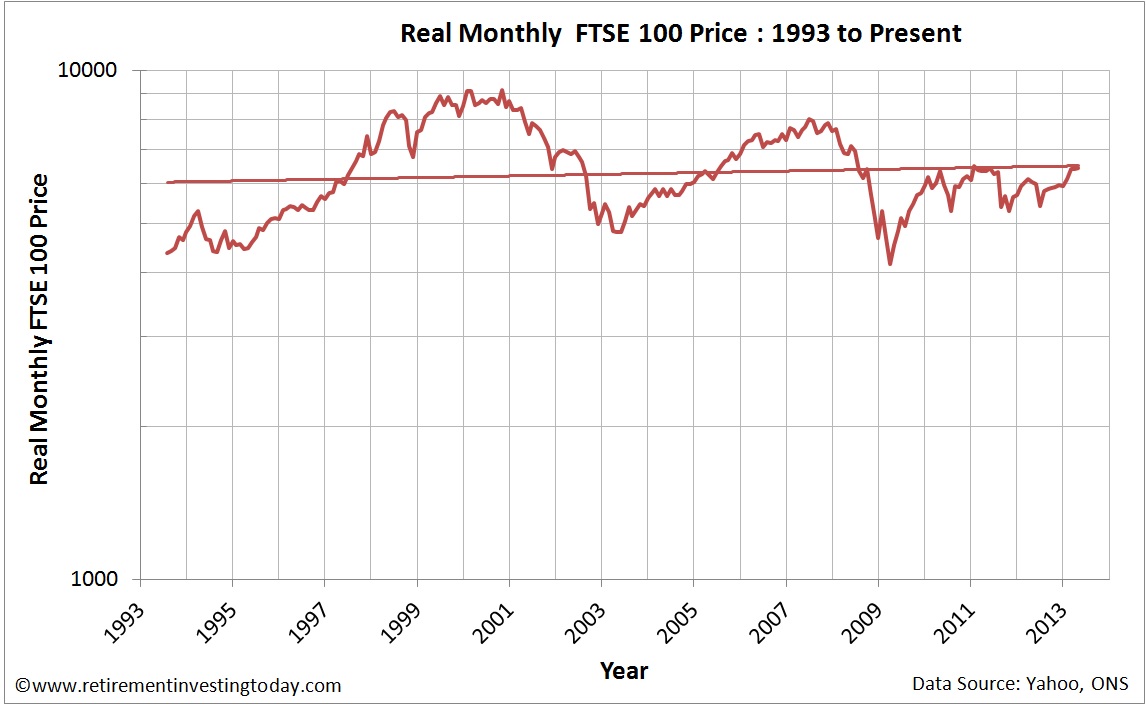When we, or indeed many websites, look at what is generally called UK House Prices, House Value or House Affordability it tends to be at a high level covering either the whole United Kingdom or England and Wales. This is fine if you are looking for macro trends but doesn't give us much of a view at what is happening locally.
Given that we are hearing a lot about the North to South divide or even the London to rest of the UK divide let’s therefore deviate from that traditional macro view and get a bit more local by calculating House Value down to a County level.
To Value the market we are going to stick with our previous definition which is a simple Price to Earnings Ratio (P/E). Regular readers will know that for Price we normally use Nominal House Prices as published by the Nationwide and for Earnings the Office for National Statistics KAB9 Nominal Earnings which are both published monthly. Unfortunately these aren't available down to County level and so we need to introduce two new datasets.
For House Prices we will use the Land Registry House Price Index. As a reminder this index uses repeat sales regression on houses which have been sold more than once to calculate an increase or decrease. As it analyses each house and compares the latest buying price to the previous buying price it is by definition mix adjusting its data also. This is then combined with a Geometric Mean price which was taken in April 2000 to calculate the index. It is seasonally adjusted and covers properties from England and Wales. It covers buyers using both cash and mortgages. We are using the latest published data which comes from March 2013. The analysis is arranged according to the Regions and County’s defined by the Land Registry and is shown in the Table below. Unlike the mainstream media we are going to call high house prices bad (the County with the highest house price is London at £374,568 and is shown in dark red) and low house prices good (the County with the lowest house price is Merthyr Tydfil at £66,511 and is dark green) with all other prices shaded between red and green depending on house price.
For Earnings we are using the Annual Survey of Hours and Earnings (ASHE) which provides information about the levels, distribution and make-up of earnings and hours paid for employees within industries, occupations and regions in the UK. Unfortunately, as the name implies, it is only published annually and so we will use the 2012 dataset. To ensure that our Earners and Houses are located within the same County we’ll use the Earnings by Place of Residence by Local Authority. This dataset presents weekly Earnings at both median (the middle point from each distribution) and mean (the average) levels which we have arranged into each Land Registry Region and County in the Table below. We then multiply the data by 52 weeks to convert it to an annual salary. We are calling low earnings bad (the lowest average earnings are £17,794 in Blackpool and are dark red) and high earnings good (the highest average earnings are £40,466 in Windsor and Maidenhead and are dark green) with all other earnings shaded between red and green depending on earnings.



